The present book is an unorthodox approach to the study of early Buddhist architecture in India, and the author has marshaled the archaeological evidence to prove his two-fold thesis. Firstly, how and why the Buddhist adopted different types of building-plans, e.g. elliptical, circular and apsidal in the different period of their history. Secondly, how the Buddhist architecture was influenced and conditioned by the doctrines adopted by the Buddhist sects and sub -sect. Thus, the author has not merely shown a development within the Buddhist thought, consequent to the emergence and formation of different ideological group, but also the mutation of Buddhist ideology with their architecture. In this the author has made substantial use of the material from the Buddhist sites and in particular from the excavated material from Taxila and the Nagarjunakonda. Thus, basing his studies primarily on archaeological data, the author has, with an empirical objectivity, succeeded in proving his these. The book, divided into seven chapters, each showing a new approach has another contribution to make – the recognition, for the first time, of elliptical structure. It is also for the first time that ethnological and literary data has been combined with the archaeological material to trace the development of different types of building-plans.
The author, who has been actively associated with the study of Buddhist remains in India and in particular at Nagarjunakonda, as a member of the Archaeological Survey of India, is eminently suited to critically evaluate the subject. The present book bears testimony to his acumen.
ABOUT THE AUTHOR H Sarkar
Haribishnu Sarkar (1928-1987) joined the Archaeological Survey of India in 1955 and retired in 1987 from the post of Joint Director General. An outstanding scholar of international repute, Dr. Sarkar contributed to almost every branch of archaeology. While he will be remembered for his outstanding works such as Studies in Early Buddhist Architecture of India, An Architectural Survey of Temples of Kerala, The Kampaharesvara Temple at Tribhuvanam, the guide books Amravati, Nagarjunakonda and Monuments of Kerala, his synthesizing work entitled Museums and Protection of Monuments and Antiquities in India is also a landmark. He authored nearly hundred research papers on art, architecture, prehistory, protohistory and historic archaeology, epigraphy and numismatics, antiquities and artefacts, etc., in different research journals and encyclopaedias and proceedings of conferences. He had presided over several learned bodies and conferences. He was awarded D. Litt. by the University of Calcutta for his seminal work on the architecture of Kerala. A scholar par excellence, Dr. Sarkar was equally proficient and prolific in Bengali in which he wrote highly informative articles on archaeology. Anthropology, adventure and travel, besides writing poetry for children. B.M. Pande retired in 1996 as Director, Archaeological Survey of India, which he joined in 1961 after completing his Post-graduate Diploma in Archaeology from the School of Archaeology. During his tenure in the Archaeological Survey of India, he worked in different circles and branches and earned reputation for his hard work and scholarship. His areas of work have been wide-ranging, from prehistory to nineteenth century Parsi monuments, reflected in his work and writing. He has been associated with conservation of archaeological monuments as well as major archaeological excavations in different parts of the country. As Director, Institute of Archaeology, he carried out excavations in Thanesar, a major historical site in Haryana. He was published several research papers on different aspects of archaeology. He is the co-editor of Corpus of Indus Seals and Inscriptions, Vol. 3, which is being jointly published by the Helsinki University and the Archaeological Survey of India. A prolific writer in Hindi as well, he was awarded the prestigious Shankar Puraskar for the year 1996 by the K.K. Birla Foundation for his book Puratattva Prasanga : he is the first archaeologist to have been honoured by this award. A Fellow of the Royal Asiatic Society, he is also associated with several institutions and universities.

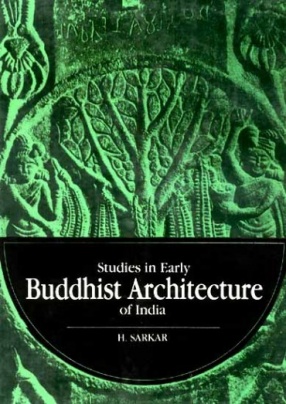
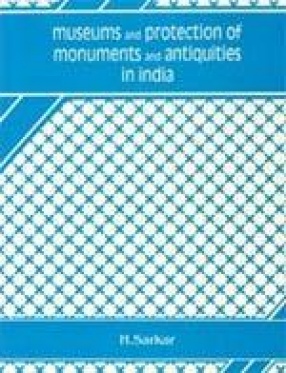
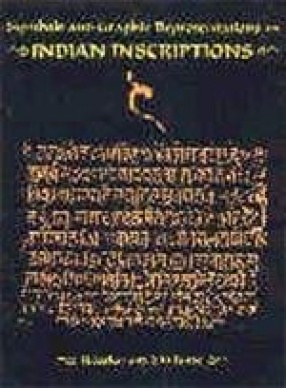
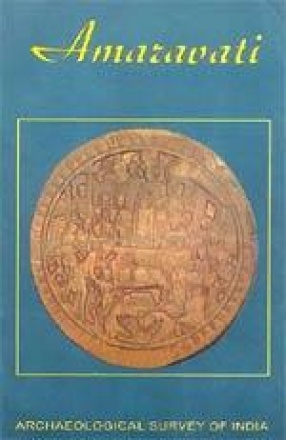
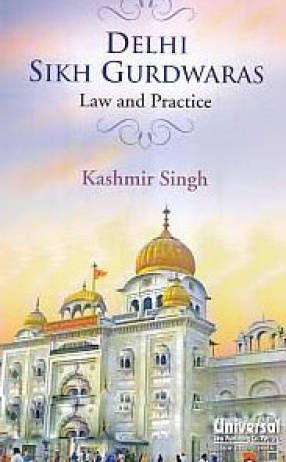
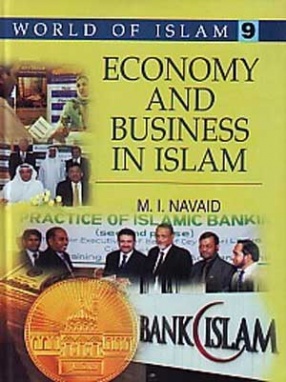
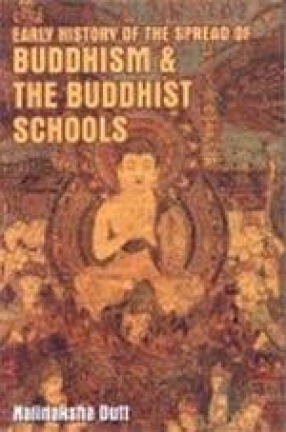
There are no reviews yet.